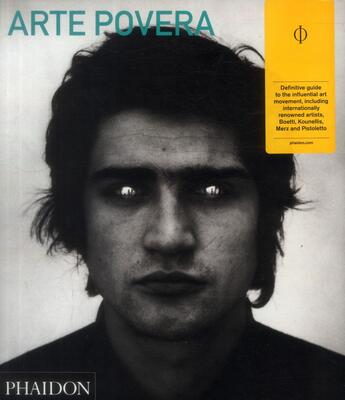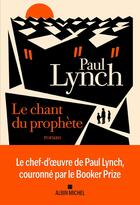-
Date de parution : 02/10/2014
-
Editeur :
Phaidon Press
-
EAN : 9780714868592
-
Série :
(-)
-
Support :
Papier
Résumé:
It was in 1967 that Italian art critic Germano Celant coined the term Arte Povera (poor art) to describe the work of a generation of young Italian artists. Emerging alongside such international movements as Land Art, Minimalism and Conceptual Art, Arte Povera used simple, "poor" gestures and... Voir plus
It was in 1967 that Italian art critic Germano Celant coined the term Arte Povera (poor art) to describe the work of a generation of young Italian artists. Emerging alongside such international movements as Land Art, Minimalism and Conceptual Art, Arte Povera used simple, "poor" gestures and materials - twigs, metals, glass, fabric, stone, even live animals - to turn away from traditional "high" art.
They explored the relation between art and life as it is made manifest in natural processes or cultural dynamics. First exhibiting together in Italy in the late 1960s, artists Giovanni Anselmo, Alighiero Boetti, Pier Paolo Calzolari, Luciano Fabro, Jannis Kounellis, Mario Merz, Marisa Merz, Giulio Paolini, Pino Pascali, Giuseppe Penone, Michelangelo Pistoletto, Emilio Prini and Gilberto Zorio went on to become internationally renowned.
Bridging the natural and the artificial, the urban and the rural, Mediterranean life and Western modernity, Arte Povera's impact still resounds.
Donner votre avis
















